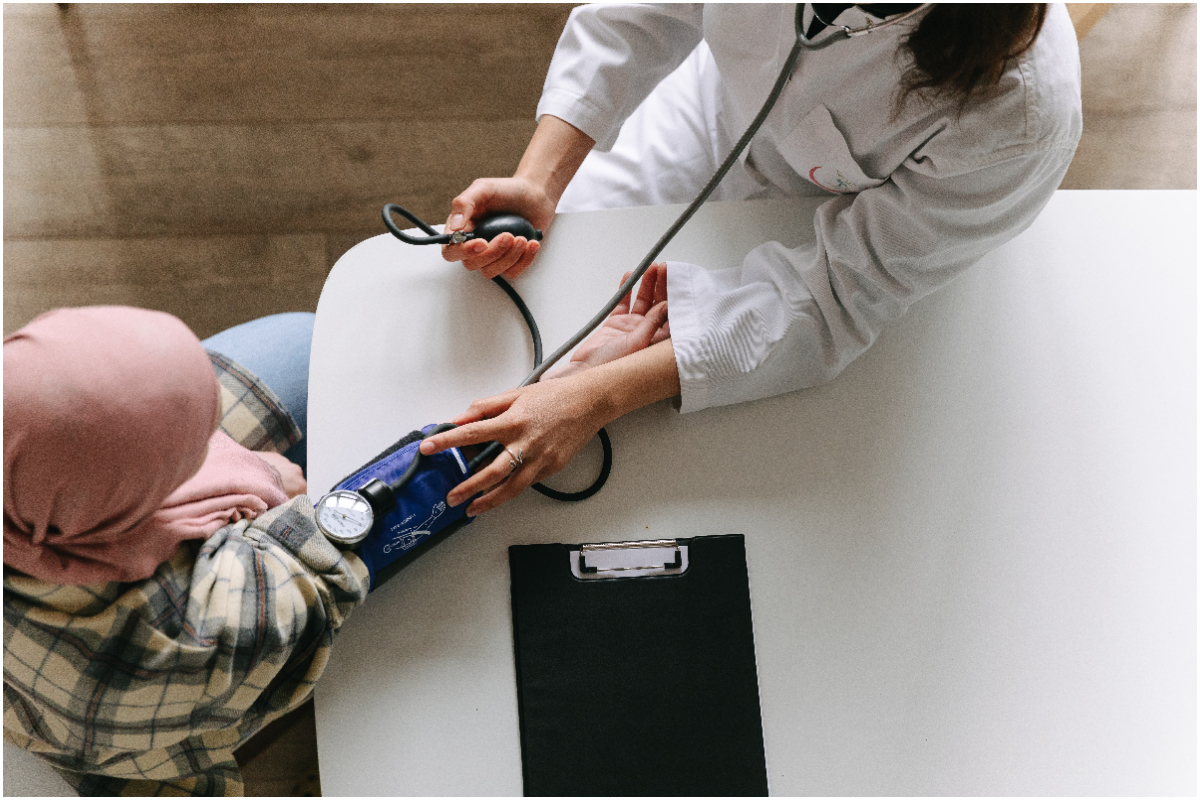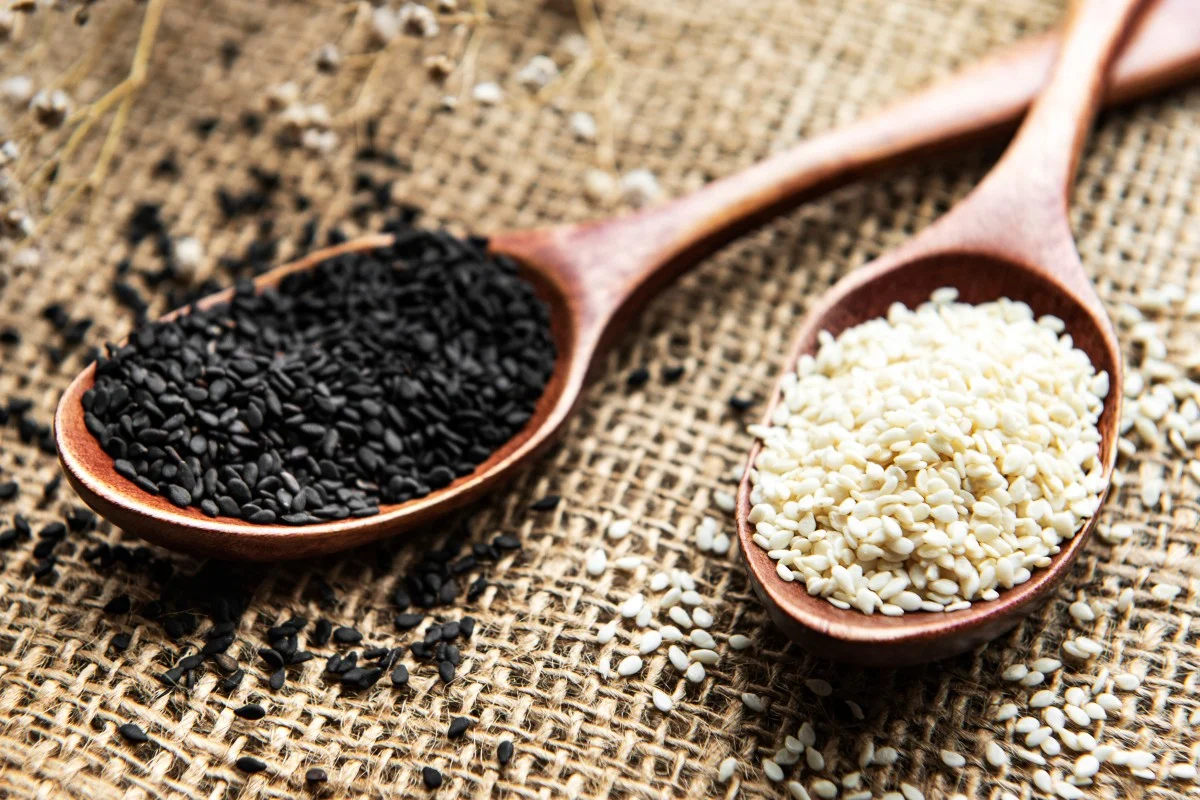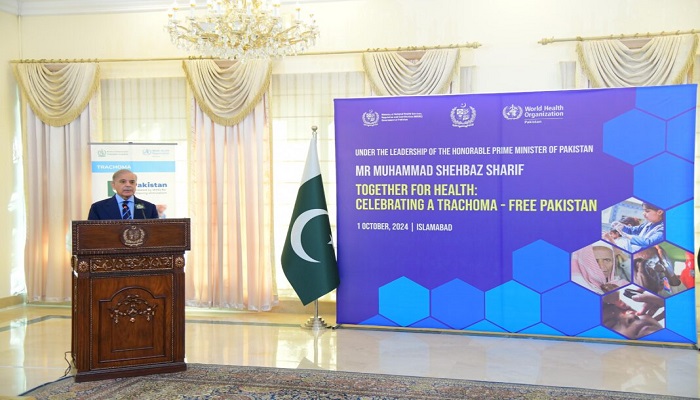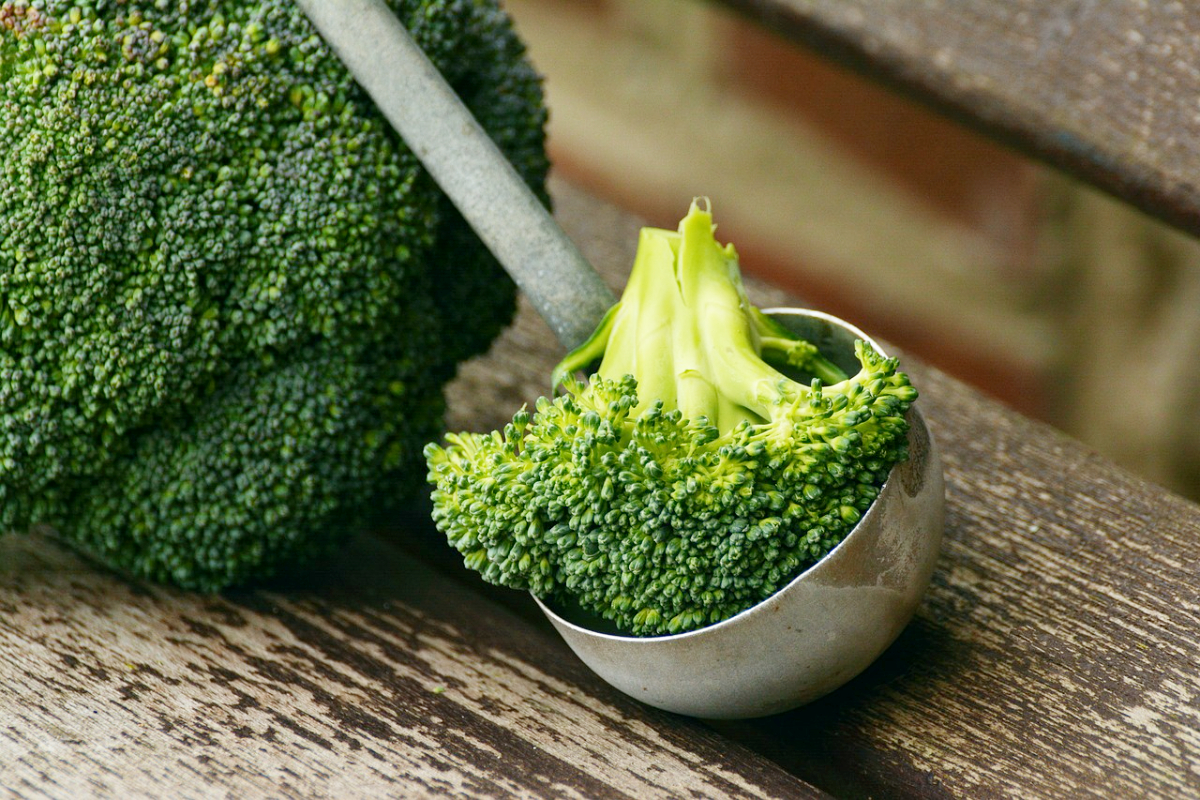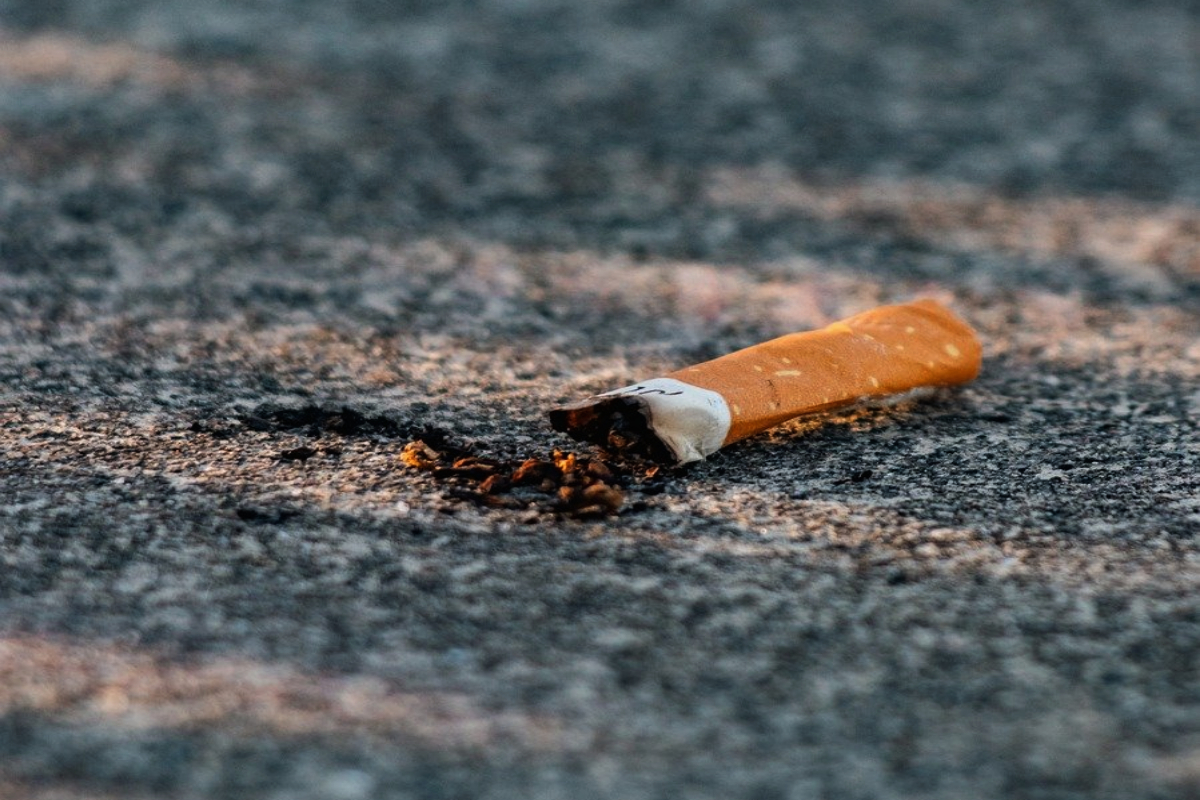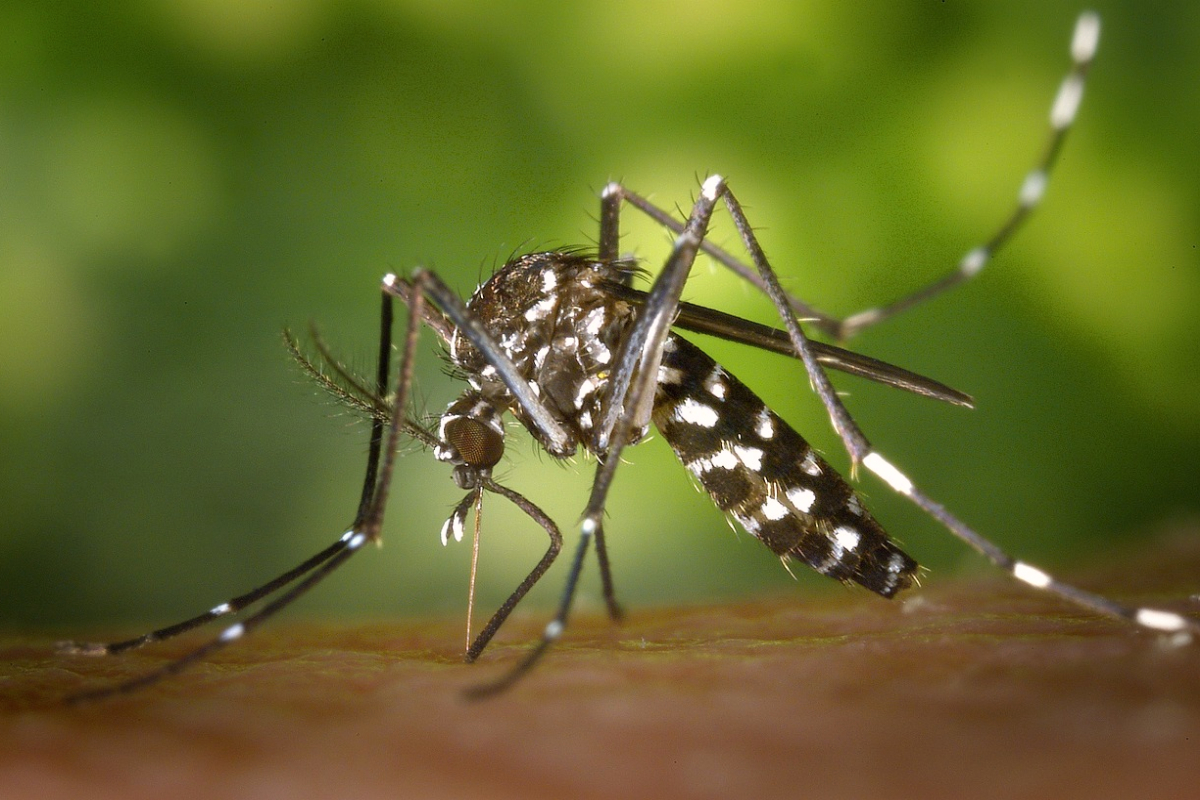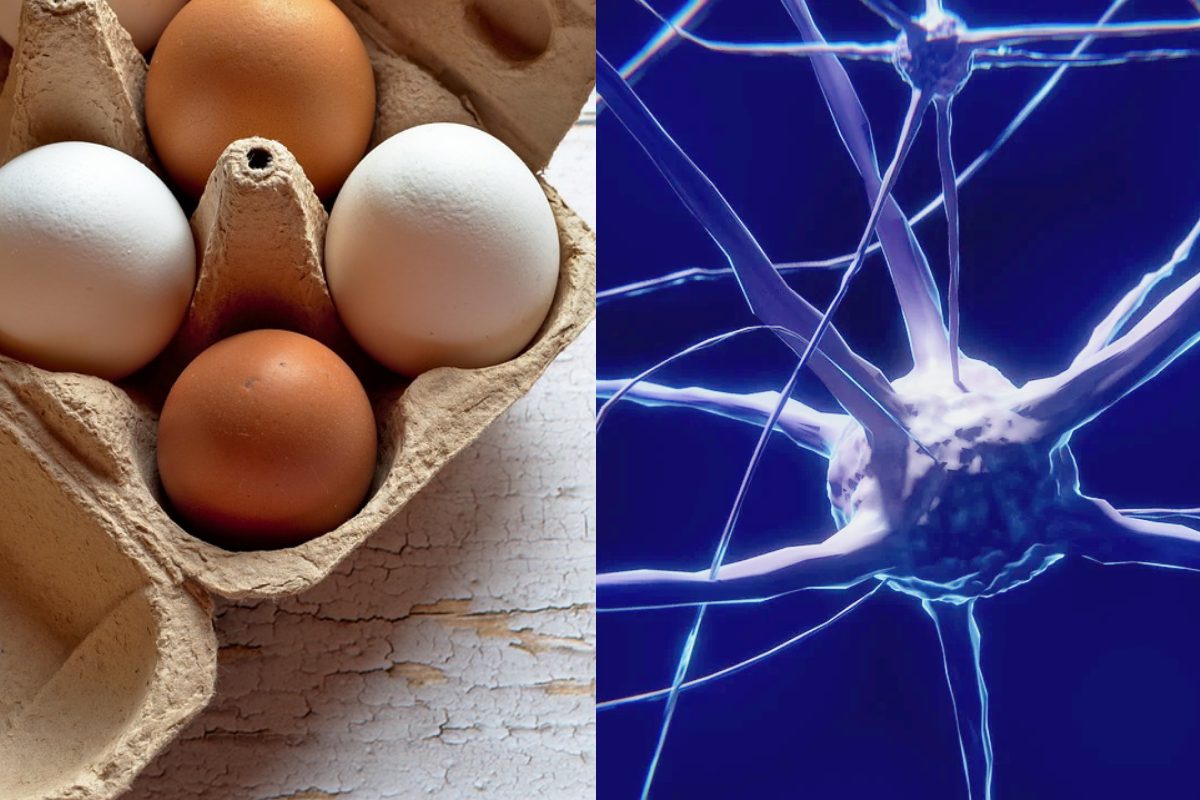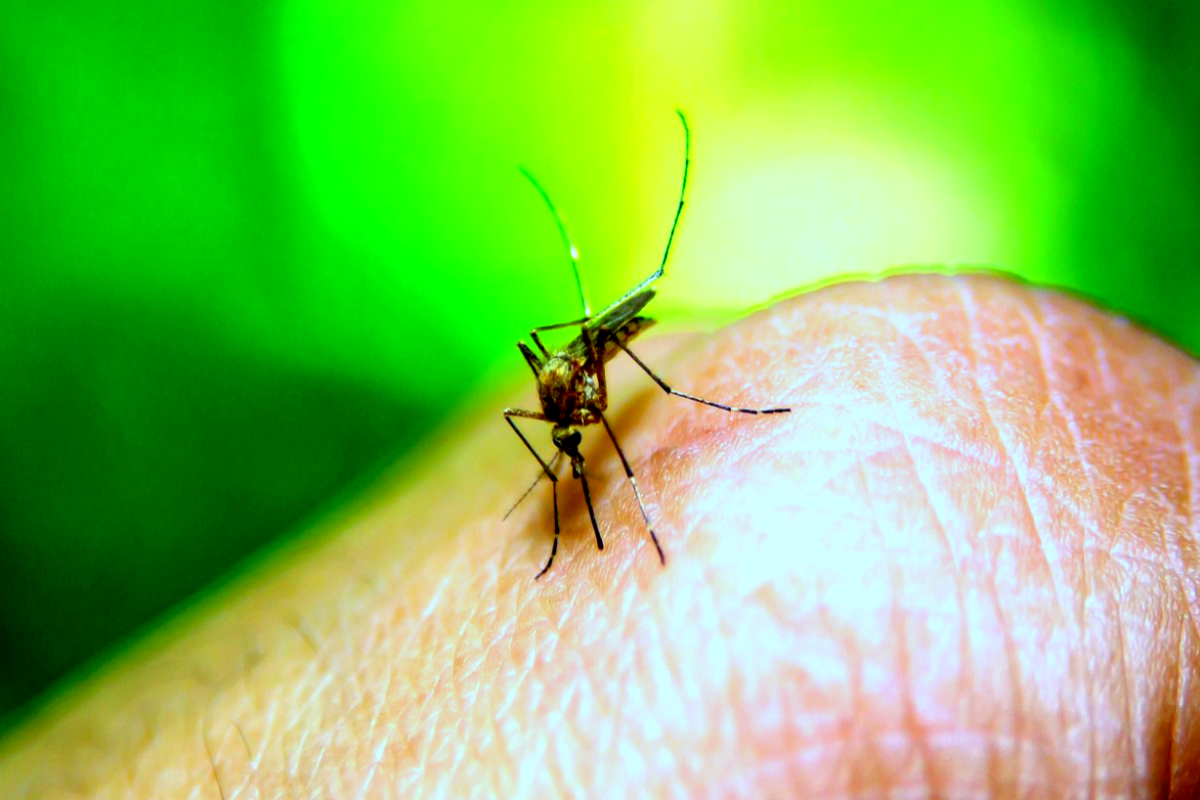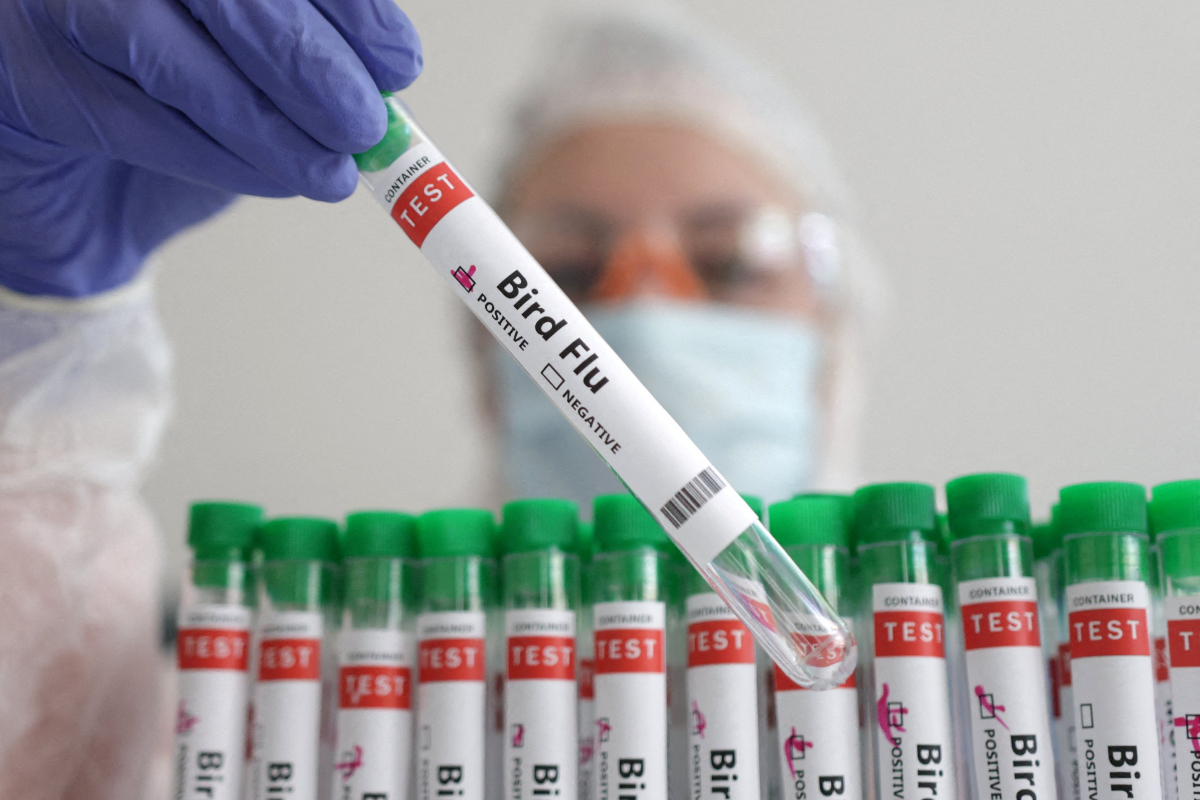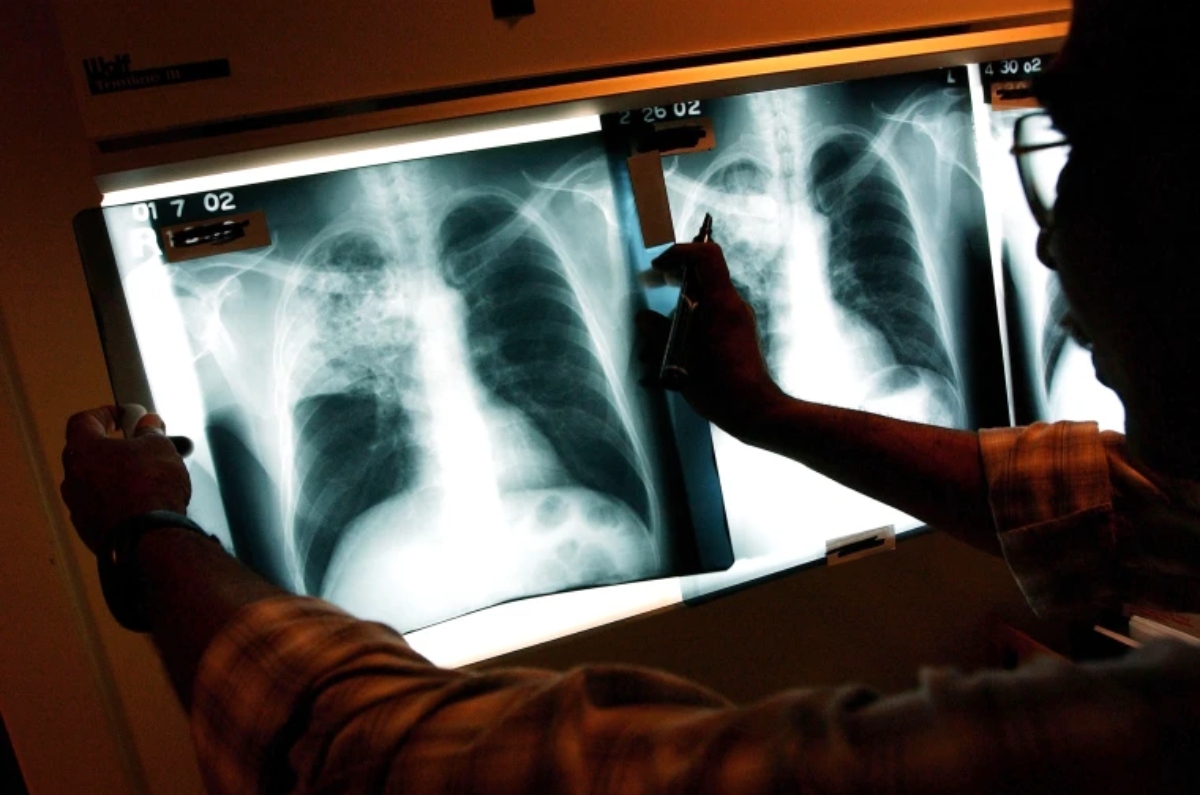- A revolutionary new type of medicine was used for the first time on a teenage girl with cancer that couldn’t be cured.
- The cancer is gone from her body and no longer visible after six months, but Alyssa is still being watched in case it comes back.
- In May of last year, Alyssa, who is 13 and from Leicester, was told she had T-cell acute lymphoblastic leukaemia.
Alyssa’s leukaemia could not be cured by any other method.
So, doctors at Great Ormond Street Hospital used “base editing” to build her a new living drug. This was a feat of biological engineering.
The cancer is no longer visible after six months, but Alyssa is still being watched in case it comes back.
In May of last year, Alyssa, who is 13 and from Leicester, was told she had T-cell acute lymphoblastic leukaemia.
T-cells are supposed to protect the body by looking for and killing threats, but for Alyssa, they had turned against her and were getting out of hand.
Her cancer spread quickly. Chemotherapy and a bone-marrow transplant did not work to get rid of it.
Without the new medicine, the only thing that could be done for Alyssa would have been to make her as comfortable as possible.
Alyssa said, “I would have died in the end.” Kiona, her mom, said that at this time last year, she was dreading Christmas because she thought it would be their last with her. Then, when her daughter turned 13 in January, she “just cried.” What happened next would have been unimaginable just a few years ago, but incredible advances in genetics have made it possible.
The team at Great Ormond Street used a technology called “base editing,” which was created only six years ago.
Bases are the way people communicate. Our genetic code is made up of four types of bases: adenine (A), cytosine (C), guanine (G), and thymine (T). Just like letters spell out words with meaning, the billions of bases in our DNA spell out the instructions for how our bodies work.
Scientists can use base editing to zoom in on a specific part of the genetic code and then change the molecular structure of just one base. This changes the genetic instructions.
With this tool, a large group of doctors and scientists were able to create a new type of T-cell that could hunt down and kill Alyssa’s cancerous T-cells.
They started with healthy T-cells from a donor and worked to change them.
The first base edit stopped the T-cells from attacking Alyssa’s body by stopping them from finding her.
The second took away a chemical mark on all T-cells called CD7.
The third change was an invisible cloak that stopped a chemotherapy drug from killing the cells.
In the last step of genetic modification, the T-cells were told to look for anything with the CD7 marker on it and kill it. This way, every T-cell in her body, even the cancerous ones, would be killed. So, this mark has to be taken out of the therapy, or it will just destroy itself.
If the therapy works, the second bone-marrow transplant will be used to rebuild Alyssa’s immune system, including her T-cells. When the idea was told to Kiona and her family, she thought, “You can do that?” In May of this year, Alyssa chose to be the first person to take the experimental therapy, which had millions of the changed cells. Prof. Waseem Qasim from UCL and Great Ormond Street said, “She is the first patient to be treated with this technology.”
He said that changing genes was a “very fast-moving area of science” with “enormous potential” for treating many different diseases.
Alyssa could get sick because the designer cells attacked both the cancerous T-cells in her body and the ones that keep her healthy.
After a month, Alyssa’s cancer was gone, so she got a second bone-marrow transplant to help her immune system grow back.
Alyssa was in the hospital for 16 weeks, and she couldn’t see her brother, who was still in school, because she didn’t want him to bring in germs.
When the cancer came back at the three-month checkup, there were worries. But the last two things she looked into were clear.
“You just learn to be grateful for everything. I’m just so glad to be here right now, “said Alyssa.
“It’s insane. It’s amazing that I’ve been given this chance, and I’m very grateful for it. It’s also going to help other kids in the future.” She is looking forward to Christmas, being a bridesmaid at her aunt’s wedding, riding her bike again, going back to school, and “just doing normal people stuff.”
The family hopes that the cancer won’t come back, but they’re already thankful for the time it’s given them.
“Having this extra year and her being home for the last three months has been a gift in and of itself,” said Kiona.
Dad James said: “It’s hard for me to explain how proud we are. It’s amazing to see what she’s been through and how full of life she is in every situation.” Most children with leukaemia respond to the main treatments, but it is thought that up to a dozen a year could benefit from this therapy.
As part of a clinical trial, the drug is being given to Alyssa as the first of 10 people.
The Great Ormond Street Hospital’s Dr. Robert Chiesa, who works in the bone marrow transplant department, said: “It is very interesting. This is a new area of medicine, and the fact that we can use the immune system to fight cancer is very interesting.”
But the technology we have now doesn’t even come close to what base editing could do.
One of the people who came up with base editing at the Broad Institute, Dr. David Liu, told me it was “a little strange” that people were being treated with it only six years after it was invented.
For each of Alyssa’s base edits, a piece of her genetic code had to be broken so that it no longer worked. But there are more complicated situations where you can fix a bad instruction instead of turning it off. For example, sickle-cell anaemia is caused by a single base change that could be fixed.
So, base editing is already being tested for sickle-cell disease, high cholesterol that runs in families, and beta-thalassemia, a blood disorder.
Dr. Liu said that “therapeutic applications of base editing are just starting” and that it was “humbling to be part of this era of therapeutic human gene editing” because science was now taking “key steps toward taking control of our genomes.”
[embedpost slug=”queen-cancer-news-leaked-before-harry-breaks-it-expert/”]

